To be successful in a technological startup, first you need to think about developing the RnD (Research and Development) department. It is the heart and the brain of the company, where ideas are born and — implementing to real life.
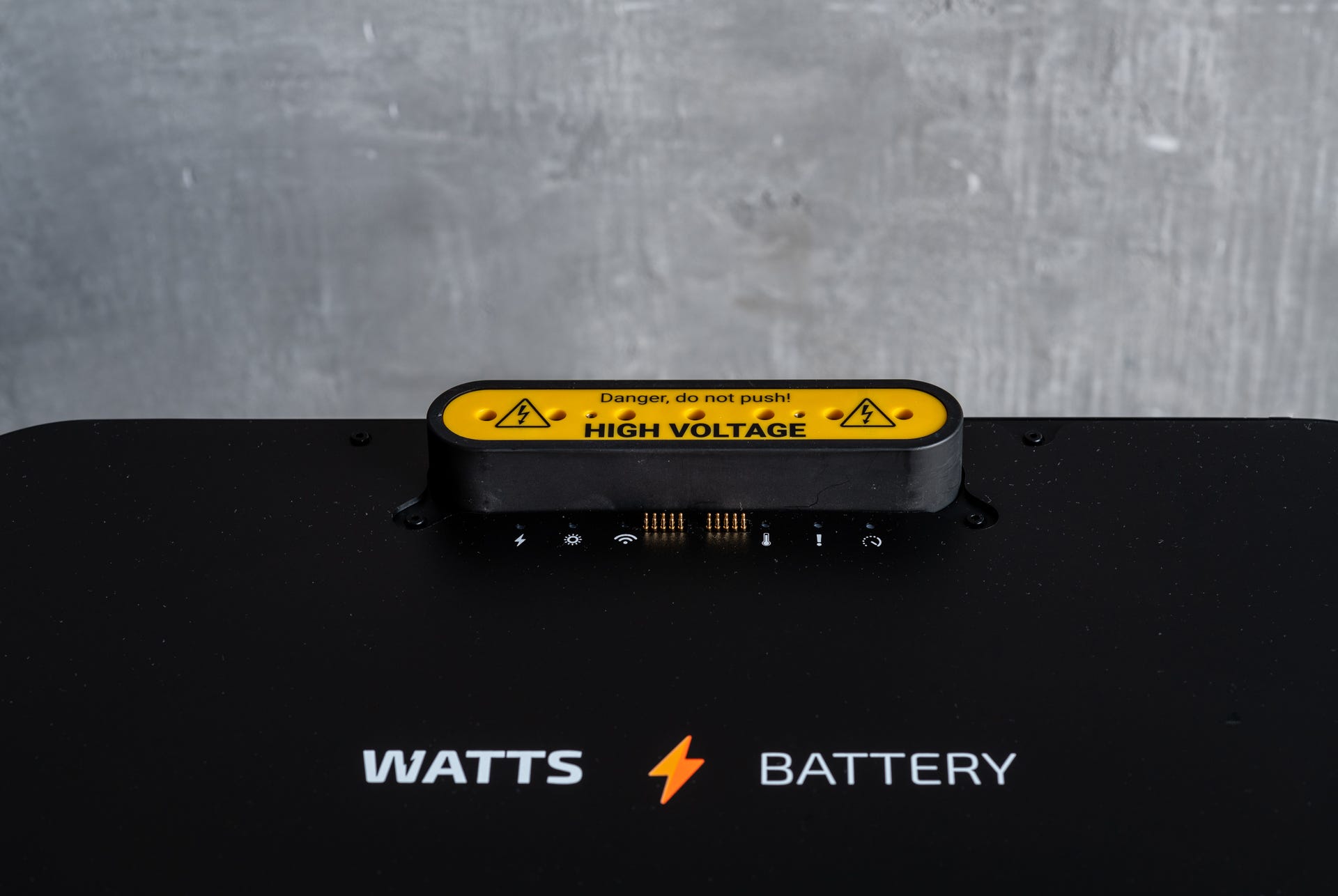
- How RnD is developed in Watts Battery
70% of our employees are part of RnD department. There are research engineers, designers, architects, technologists workers, power electronics developers, control systems and cloud services programmers, etc. One of our employees, for example, was developing the system of power and control of ion-plasma engine for deep space exploration; the other was a designer of the first social communicator Cybiko for students; one was engaged in development of navigation systems for civil aircraft, which is still used in civil aviation.
There are also developers of advanced smartphones, people with experience in implementing AI technologies in medicine, etc. Everyone has practically implemented and released a series of products that had appeared as a result of scientific research.
We also collaborate with leading research centers to gain access to highly qualified research experts. We usually do it at the stage of early research, for example, when evaluating the feasibility of a technology.
We deliberately do not divide the department into divisions, emphasising that it is a holistic and self-sufficient team involved in the full product lifecycle from the idea to the analysis of feedback from our customers. Our structure does not have a usual management level-employees who are exclusively engaged in management, since even the directors contribute to the product development.
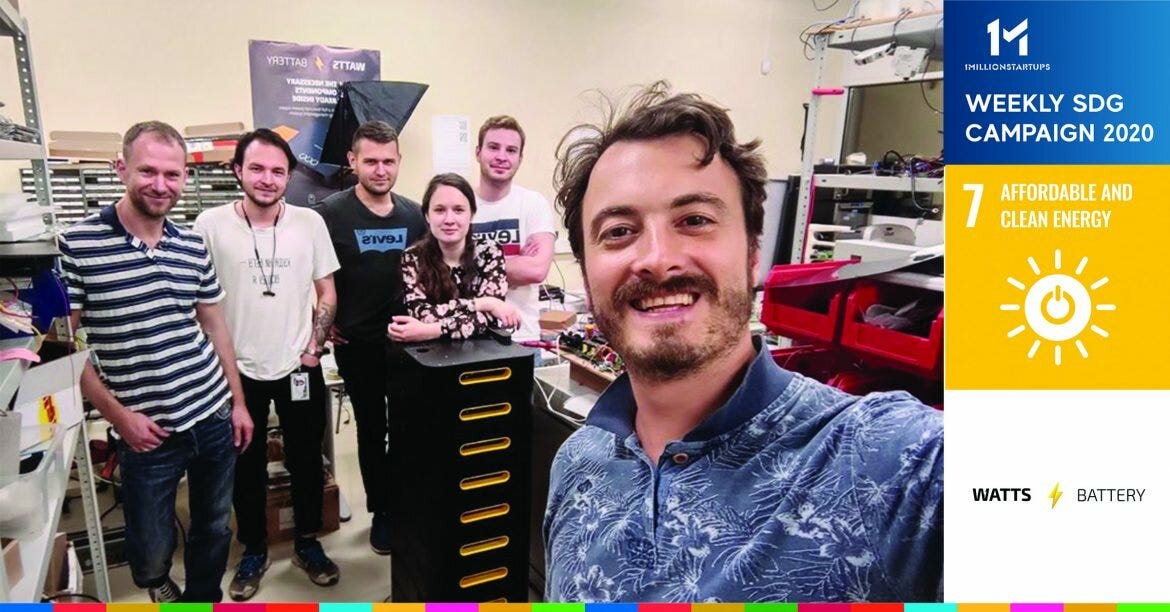
2. Tasks
The main task of the RnD team is to create new products and to develop existing ones. To do this, they constantly analyse the market, getting feedback from the customers, etc.
Despite that the product has been already launched and works for many customers, it needs to be improved, like any complex technical product. We are constantly working on adding new features and improving operational performance. For example, we are adding new features to our module for managing smart home elements; developing new intelligent modes for reducing energy consumption and maximising the use of solar energy.
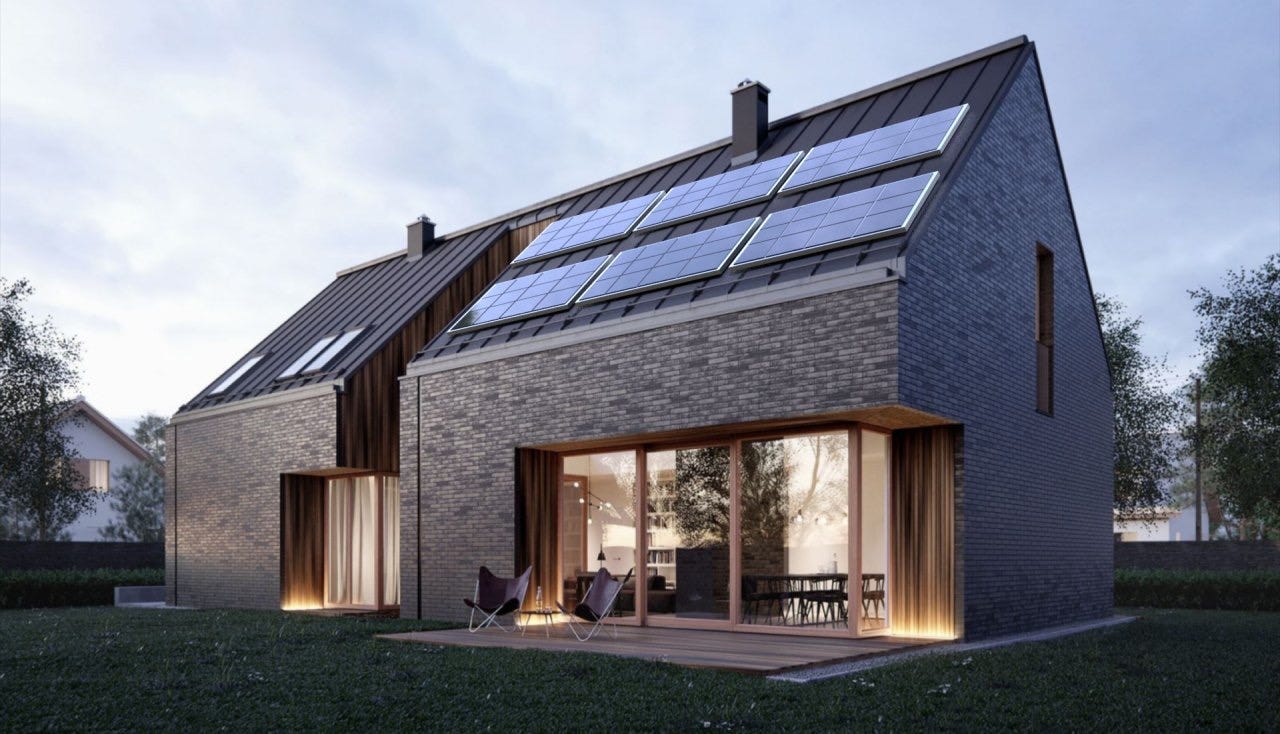
3. About the product
Watts Battery module is fully developed and updated inside the company, by RnD team.
So, all the key components such as: the inverter, MPPT, battery management system, control system and charger are completely the result of our development.
In the early stages, we collaborated with contractors, but our experience has shown that all competencies must be within the team to enable dynamic product development in a highly competitive environment. It requires a deep dive into the problems, what we couldn’t be able to achieve while working with external contractors who literally implement only the “Technical Task”.
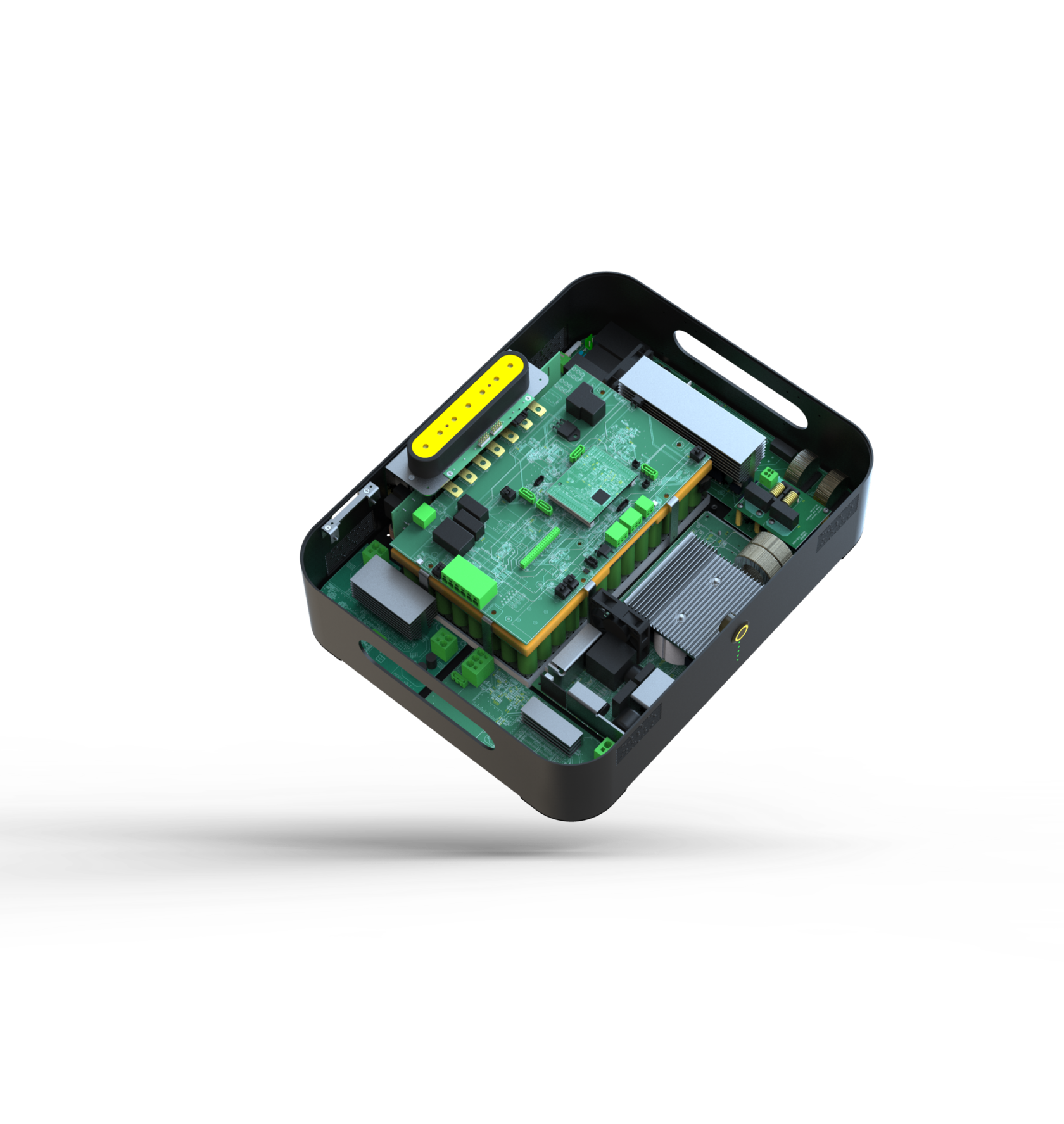
4. The product will not succeed without RnD
From the outside, it may seem that there is nothing difficult in assembling WATTS modules from ready-made components, but this is just an illusion. When you try to do something like this, it turns out that all the necessary components will take up to 2–3 times more volume than the dimensions of our module. Then, you will need to make significant efforts to make all this work. And this is assuming that you can find a ready-made scalable inverter on the market, which power could be increased simply by connecting a new module to the stack, as WATTS allows you to do.
You will have to forget about the exclusive WATTS gravity connector, which allows you to put modules up to each other like Lego bricks, replacing it with a coil of thick wires connecting one module to another. The reason is simple — there are no such connectors for high currents on the market — this is the result of our RnD.
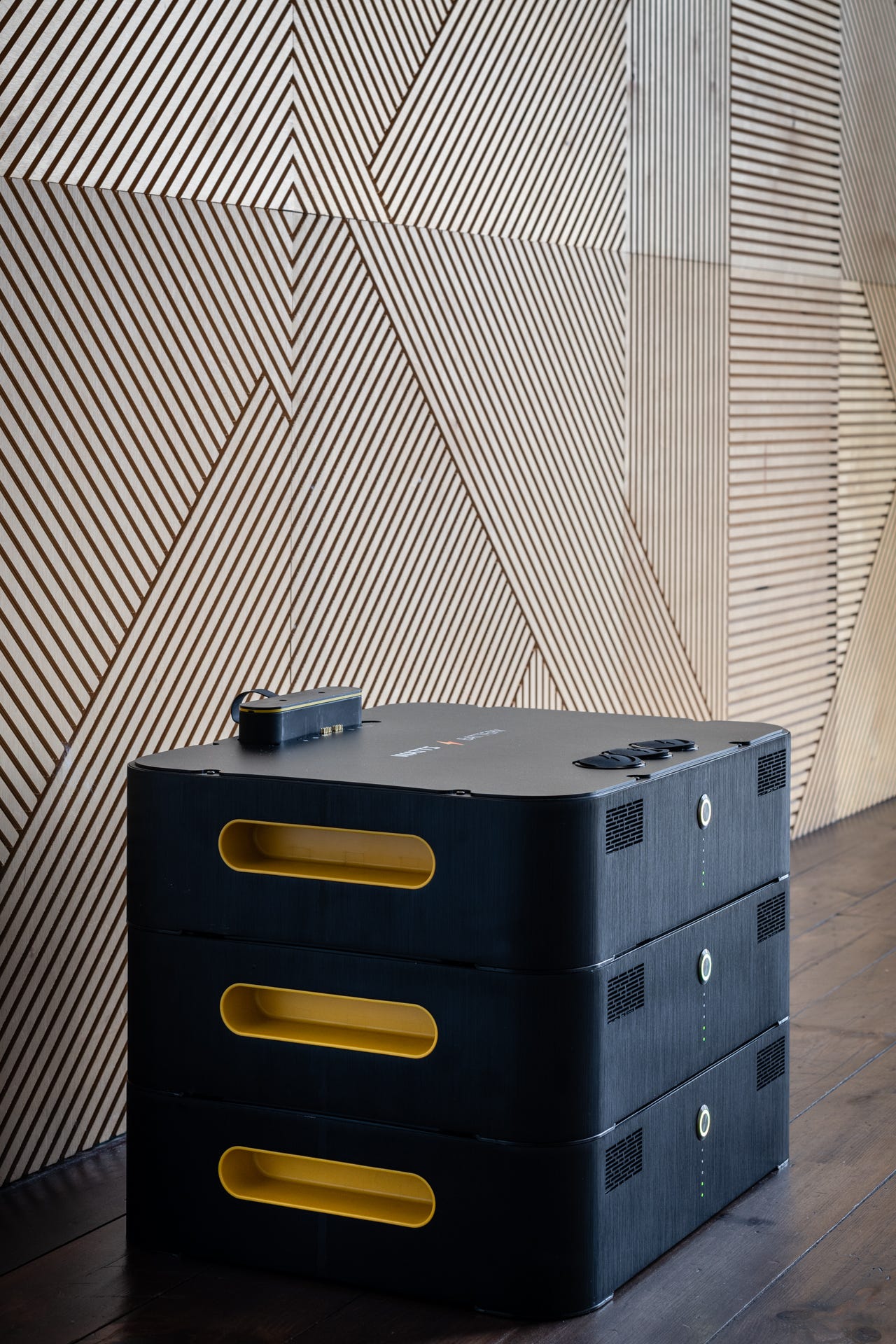
Yuriy Vlasov, CEO Watts Battery explains: “Having RnD is a competitive advantage of any tech company, otherwise you are limited in the choice of components and technologies, and you will not be able to present your product on the international market and achieve results. Our engineers and designers develop those components that are the basis of the device; they analyze existing technologies and create optimal solutions for a particular practical task.
Our RnD is closely connected with marketing and sales, from which it receives information where to move, and which functions of the device are needed to be improved. It is the most expensive part of the budget, most of the times the cost of RnD of a new product takes up to 90% of all costs (at the start). In addition, any product needs to be updated, and without a permanent research unit, it is impossible to compete in the long term, especially on the global market.
If you have questions, please write us at hello@wattsbattery.com

